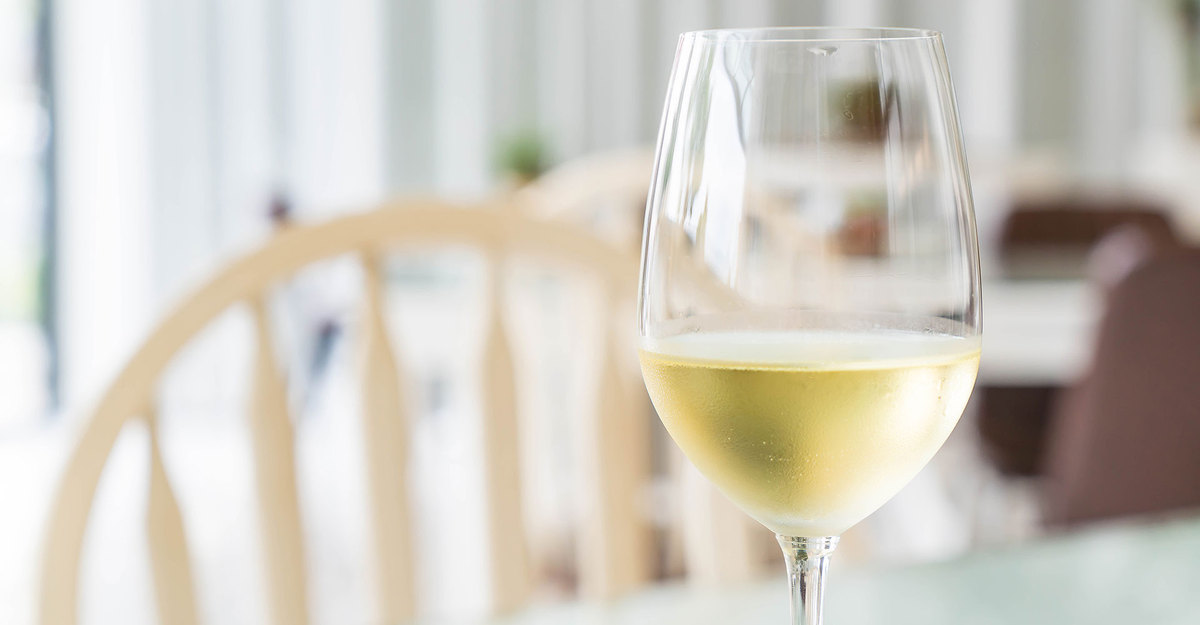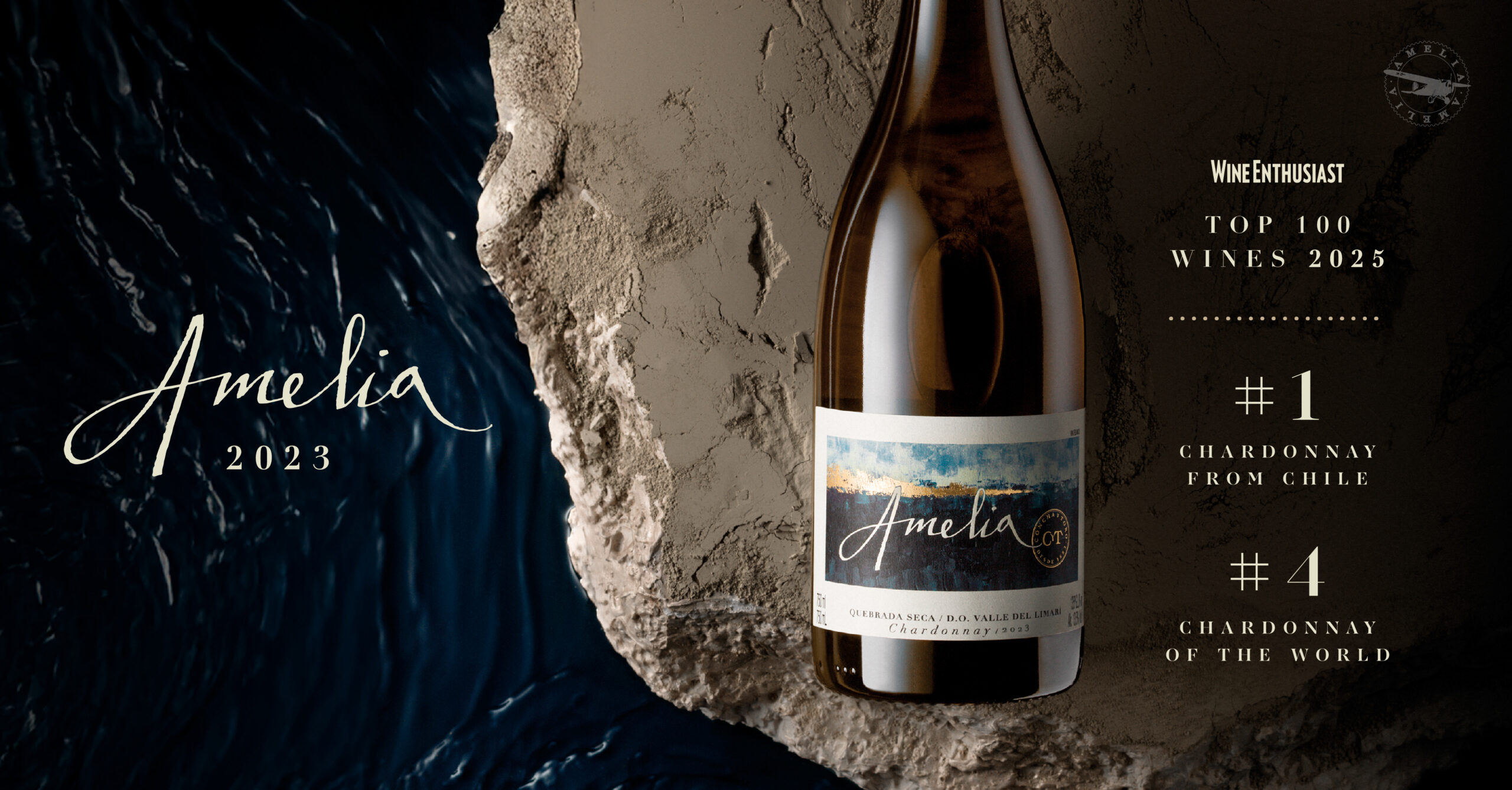14 de March de 2023
All about Riesling
Today we present this distinctive and unique wine grape that is characterized by its unique fruity and floral aromas. In addition to being one of the most popular varieties to produce late harvest wines.
Originally from the Rhine River region, which runs through Germany, France, Austria and Switzerland, history records Riesling for the first time in the year 1435, after the sale of a significant number of “Riesslingen” vines to a German count. Then, the vineyards expanded to the Mosel Valley (home of the best Rieslings in the world) creating a revolution that already in the 1850s would make the variety highly demanded and on a par with Bordeaux and Champagne wines.
How is Riesling?
It is the fruity and floral aromas that most characterize this white grape variety. Peach, green or red apple, pear, grapefruit, a bit of jasmine, roses, lemon peel, ginger, honey, in addition to its distinctive petrol aroma (especially in those aged wines), are some of the notes that can be appreciated in a Riesling. While, on the palate, its high acidity (similar to orange juice or lemonade) together with its high potential to accumulate sugar, it is capable of offering extremely juicy wines with a sweet finish. Anyway, depending on the soil and the climate, the Riesling will be a sweet or dry wine.
Another feature is its ability to age. Some can be stored for up to 30 years and evolve remarkably well, developing exquisite complexity with pronounced notes of gasoline, kerosene, or lanolin.
Sweet or dry?
Sweet or dry wines can be made from Riesling. Sweet ones usually come from colder countries like Germany, where residual sugar is left in the wines during the winemaking process to balance the marked acidity of the grapes. It also happens with wines from Alsace in the north of France, where the temperature is warmer than Germany, so the wines are more alcoholic and mature. Although in France and Austria they have a dry style too, since both styles of Riesling are produced in all these countries. You only need read the wine labels to know what type of wine we are talking about.
Riesling is also grown in the New World. Both in the cold climate of the Marlborough Valley in New Zealand, and in the cooler valleys of Clare and Eden in South Australia. In Chile, Riesling is also grown in the Rapel, Curicó and Maule valleys, and although it is less common to find varietals, it is used a lot to produce late harvest. Thanks to its natural acidity and thin skin susceptible to botrytis (a noble fungus that attacks overripe grapes, causing them to become much sweeter and in this case aromatically complex), Riesling is one of the most popular varieties for the production of sweet wines. For example, Concha y Toro Late Harvest 2017 and Concha y Toro Late Harvest Rosé 2019 include 10% Riesling from the Maule Valley in their blends, which adds complexity and distinctive honey notes.
How to pair them?
Thanks to its complexity and great aging capacity, wine collectors often have more than one Riesling stored. If that were the case, and you are thinking of opening a bottle for dinner, the good news is that this variety stands out for its versatility when it comes to pairing it. Great acidity, low alcohol and varying degrees of sweetness are the key factors.
Generally, Rieslings work very well with dishes with citrus like lemon or ingredients like lemongrass. This can be from a ceviche, to a salad or Asian food.
If we are talking about a dry Riesling, it is better to pair it with dishes based on fish or shellfish. A semi-dry Riesling for spicy or slightly sweet dishes such as Indian or Thai curries. While a sweet Riesling is best left for a dessert or cheese board.










